A personal dream came true today as I watched Zijada, a Bosniak cook at the mountain chalet Ruralna Kuca, make and roll out the paper-thin dough that makes a Bosnian pita, or pie, so very special.
The dough isn’t like any sort of French pastry. There is no fat in it, except the sunflower oil that is rubbed on top of it after it’s made, to keep it smooth while it sits. It is simply flour and water. The French do make a flour and water “paste,” which they use to seal a ceramic terrine, to keep any air from escaping when baking a pate, but that is the only thing similar in French cuisine.

Zijada began with small ball of this dough. By the time she finished rolling it out, a very physical process, it was a large gossamer veil that covered a good part of her work surface.

She cut the dough into three long strips, drizzled each with some sunflower oil, then evenly divided the filling – made with cheese, cream, an egg, and spinach, all produced on the farm – among the strips. Faster than the eye could see, she’d rolled each strip into a fat snake, and coiled them in an oiled baking pan.

Meanwhile her brother had lit a fire in the woodstove outside the kitchen, and when it was hot enough, she slid the pie inside.

While we waited ten minutes for the pie to bake, Zijada boiled water with a nugget of butter, and whipped up a batch of ustipci, a puffy yeast dough – Zijada makes hers with a mix of white and buckwheat flour – that is fried in oil to a golden puff.
When the pie was almost baked, she pulled it from the oven and poured the boiling water and butter over it, then put it back to bake for five more minutes, giving her time to finish the ustipci.


By the time the pie was finished, so were the ustipci and this, with a plate of salted tomatoes and glasses of elderflower cordial, was our traditional Bosnian mountain lunch.





